Creek Critters, a Book for Kids Created in Partnership With Stroud Water Research Center, Inspires Scientific Discovery in a Utah School

“It all started with some bugs in the local canyon,” says schoolteacher Shannon Rhodes.
A group of nearly 50 first-graders, along with a handful of parents and teachers, had taken a short bus ride from their school to the banks of the Logan River at Wood Camp Campground in northern Utah. It was a sunny September day. The air was filled with the excited calls of children.
“Look, it’s a stonefly!”
“A tadpole too! Stage two.”
Playfully exploring the water, getting their hands and boots wet, they searched for and collected aquatic macroinvertebrates to learn about water quality — just like the children in Creek Critters, the STEM picture book they had read in class.
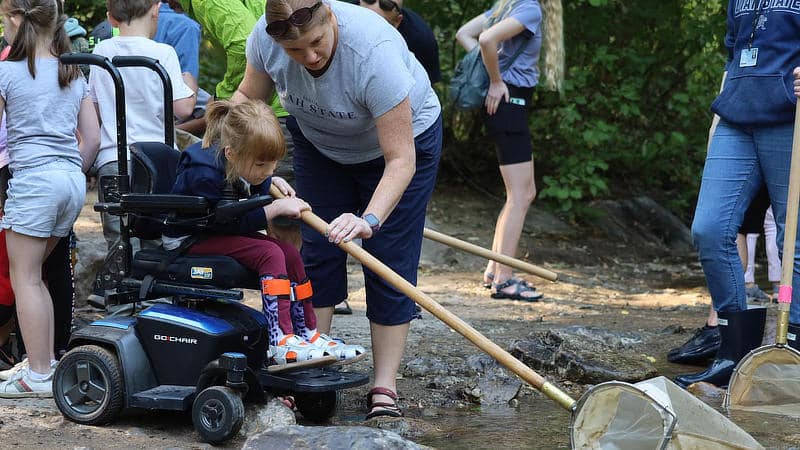
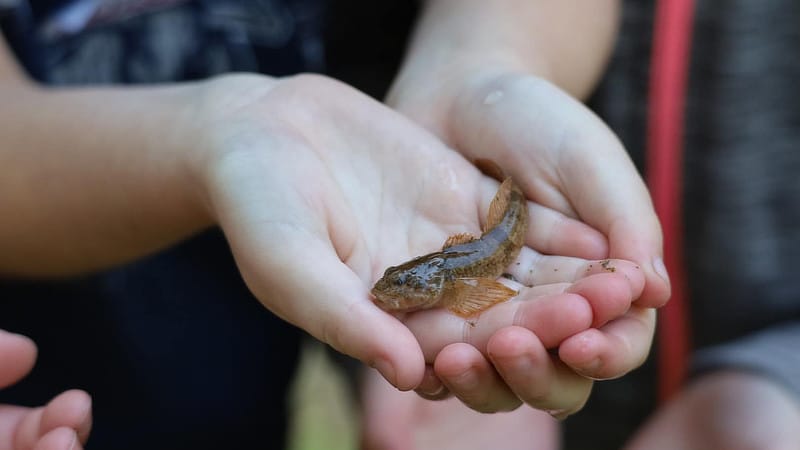
Teacher Shannin Kishbaugh says, “We encouraged them to get right in the water, to flip over the rocks, to hold the nets, to collect things in jars. We had also prepped the kids for what the bugs would look like to take away any fear when they saw them in the water.”
There were three stations: one to look for creek critters, a second with tools to identify them, and a third for field journaling and painting pictures of stonefly larva with watercolors.
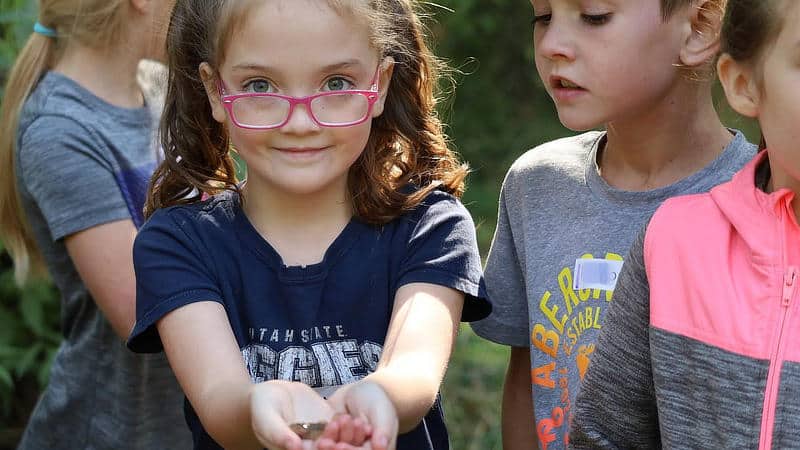
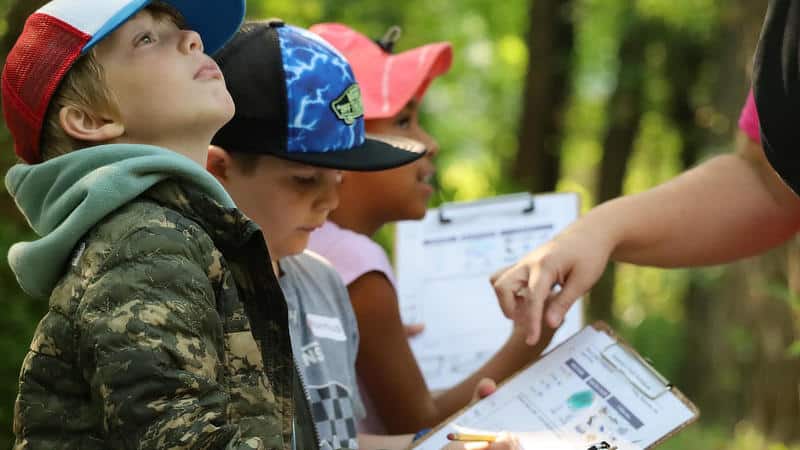
The adults were as engaged in the day’s discoveries as the students. Paige Roylance, a preservice teacher who was there, said, “I was surprised about everything that’s in the water — all these tiny bugs I had no idea existed.” Rhodes described the experience for a segment on Utah Public Radio.
Kishbaugh and Rhodes are teachers at Edith Bowen Laboratory School, an elementary school nested in the center of the Utah State University (USU) campus. They designed the outing as part of a three-session environmental study of local freshwater ecosystems. Their idea was to build a connection between other watershed experiences provided in kindergarten and second grade based on Utah’s science education standards.
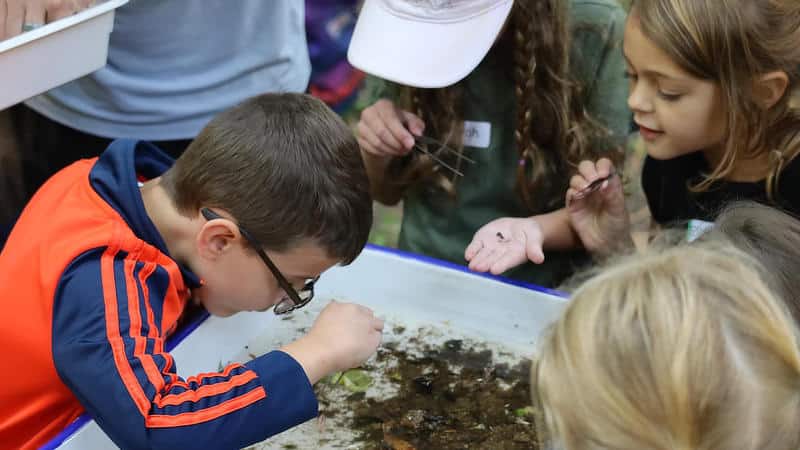
The teachers began planning the learning journey by first accessing the resources available to them through their school’s partnership with USU: Trip Armstrong, a watershed scientist and the assistant director of the National Aquatic Monitoring Center, provided the teachers with bugs he had harvested. They then used the samples to design hands-on activities and lessons, drawing inspiration from Bugs Don’t Bug Me and Creek Critters, a children’s book that Arbordale Publishing created in partnership with Stroud Water Research Center.
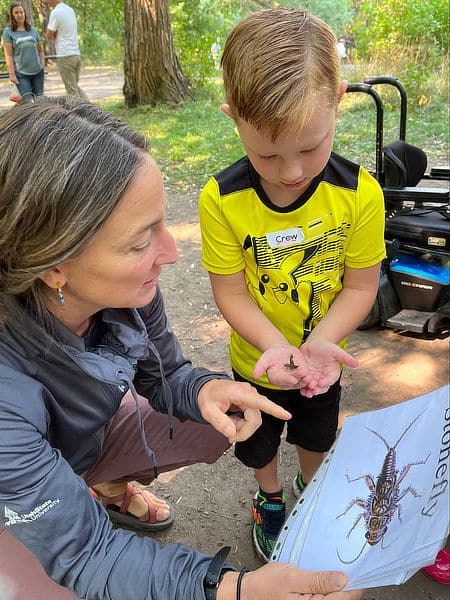
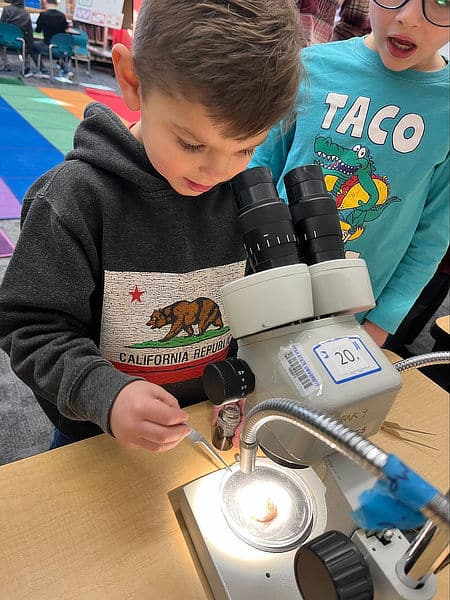
Kishbaugh says, “We ended up building our whole pre-teaching and field experiences around the story in this book.”
Rhodes, who by chance met Stroud Center Education Director Steve Kerlin, Ph.D., at a conference in January, ran up to the Stroud Center’s booth, and said, “I have to tell you what we’ve been doing with this book!”
She says, “What I loved about the book was that these were not adults going out and doing the science; these were children acting as citizen scientists, and our students identified with that.”
In February, Kishbaugh and Rhodes again worked with USU water scientists, this time to look at macroinvertebrates under microscopes and log data from the specimens they had collected in September, create bar graphs, and assess water quality from the sampling site.
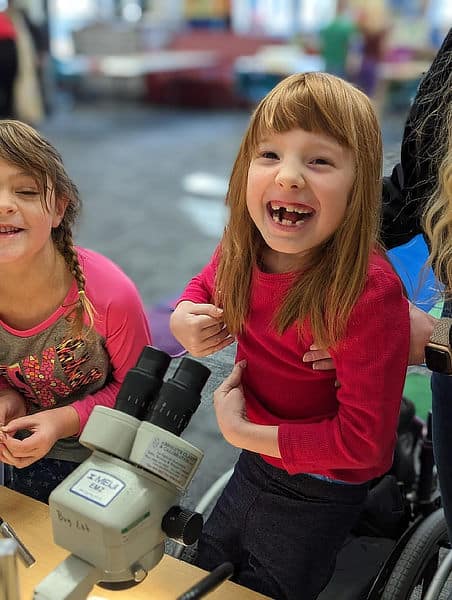
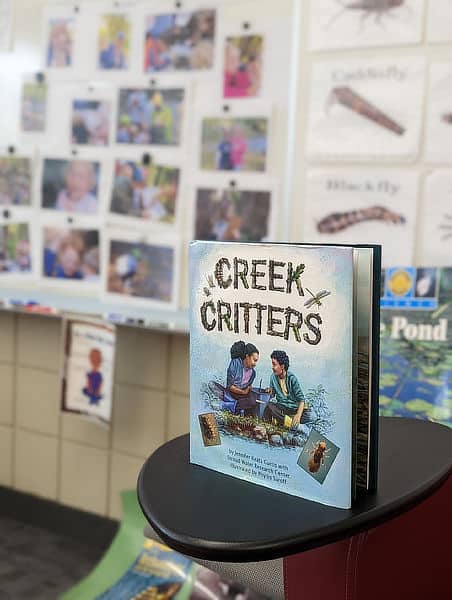
For the final part of their journey, they will visit another local water body in April to compare the water quality in Cutler Marsh to the upstream site they visited in the fall. Cutler Marsh is a place that Edith Bowen students visit throughout their years at the school. It’s a place for canoeing and swimming, but it’s also impacted by land use, including development and agriculture.
Kishbaugh says that sampling there will show a collection of bugs found in poorer water quality compared to the upstream site. “Why are we seeing these different bugs, and what does that mean for our community? How are we treating this water that, at the top of the stream, is really healthy, and what happens to it as it goes through our community?” These are the questions she says she and Rhodes will ask their students.
Beyond the classroom, they say they plan to work with USU scientists to compare this year’s data to future data and will work on a proposal of conservation efforts for improving local water quality.
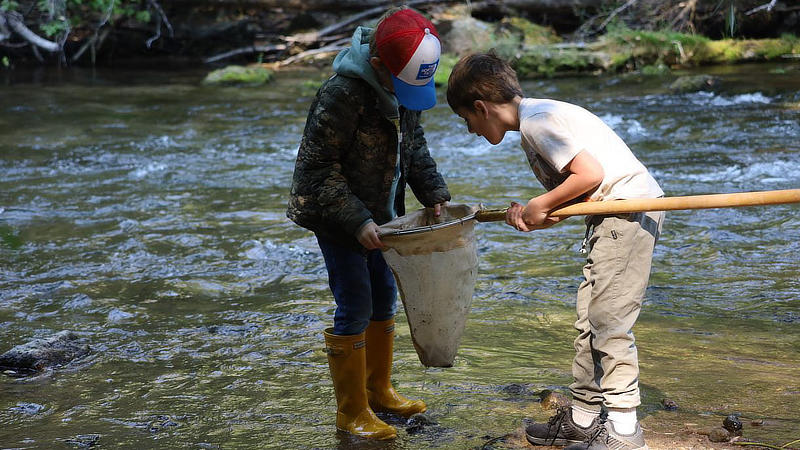
Create a Creek Critters Experience for Your Schoolchildren
Get the Creek Critters STEM picture book from Amazon or Arbordale Publishing and free Creek Critters printables in English or Spanish.



